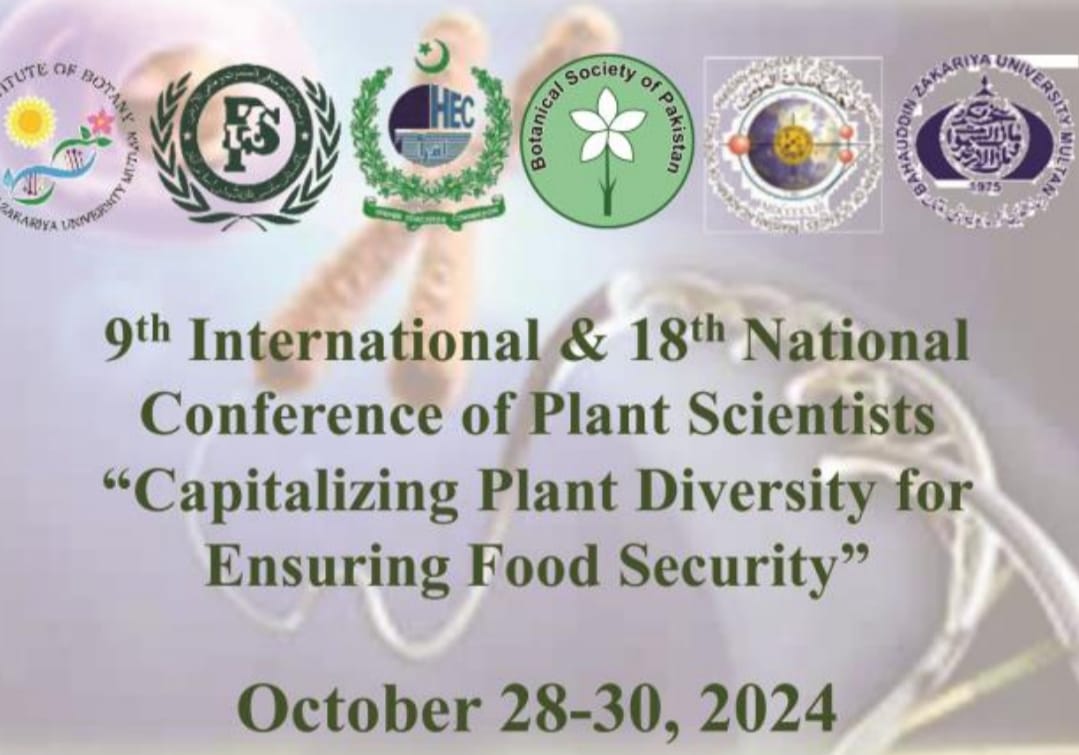PJB-2020-328
Increased non-enzymatic glycation reported in Apiaceae family extracts
Ramdan Btissam, El Cadi Hafssa and Nhiri Mohamed
Abstract
Prevention and treatment of diabetic complications implicates inhibition of free radicals and advanced glycation end products (AGEs) generated during diabetes. The present work is an investigation of In vitro anti-glycation activity of hydro-alcohol (HE), hot and cold aqueous extracts (HAE and CAE) of Moroccan plant species from Apiaceae family. Anti-glycation activity of seven plant species extracts (Ammodaucus leucotrichus, Daucus carota, Petroselinum sativum, Pimpinella anisum, Carum carvi, Coriandrum sativum, Foeniculum vulgare), performed on BSA-Methylglyoxal system, was measured by fluorescence and native electrophoresis. Anti-oxidant activity and quantitative detection of chemical contents were assessed as well. Statistical analysis of principal components (PCA) allowed determining the implication of different parameters studied on glycation effect. Apiaceae family showed a strong dose-dependent glycation effect, activating both formation of Amadori products and fluorescent AGEs. This effect was stronger in Pimpinella anisum and Foeniculum vulgare extracts. Anti-glycation activity was recorded only at 1.5 mg/mL of extracts, with a significant correlation from antioxidant power that was between 65.29% and 81.05%. This family was generally poor in polyphenols and flavonoids with maximal values recorded in CAE (98.47±4.42 mg GA/g Dm) and HE (49.29±3.20 mg Qu/g Dm) respectively. The maximum value of tannins was 14.96±1.21 mg TA/g Dm. However, there was a significant richness in reducing sugar content. Anti-glycation effect of Apiaceae family lost its effectiveness with the increase of extract concentration. Glycation activity can be attributed to richness of this family by reduced sugar
To Cite this article:
Btissam, R., E.C. Hafssa and N. Mohamed. 2022. Increased non-enzymatic glycation reported in Apiaceae family extracts. Pak. J. Bot., 54(4): DOI: http://dx.doi.org/10.30848/PJB2022-4(28)
Download PDF


